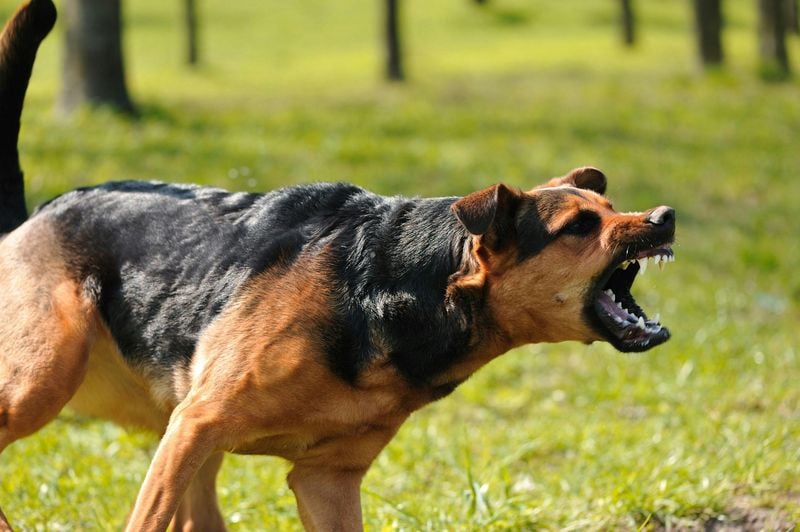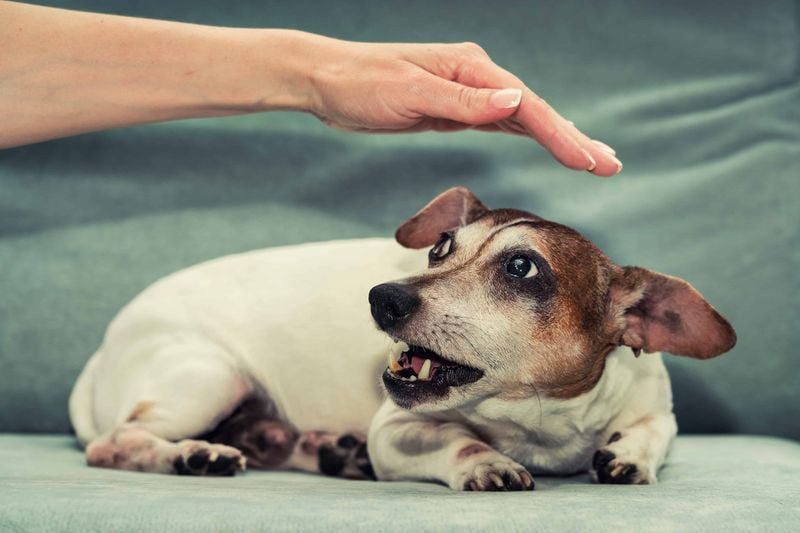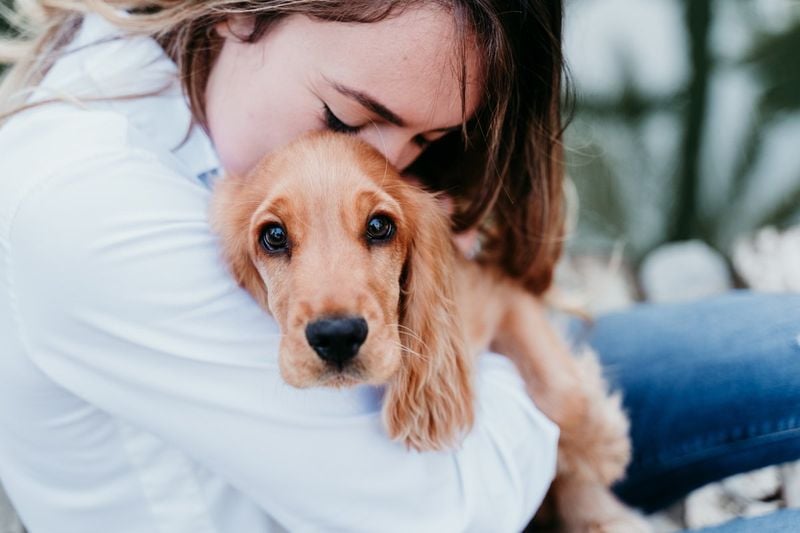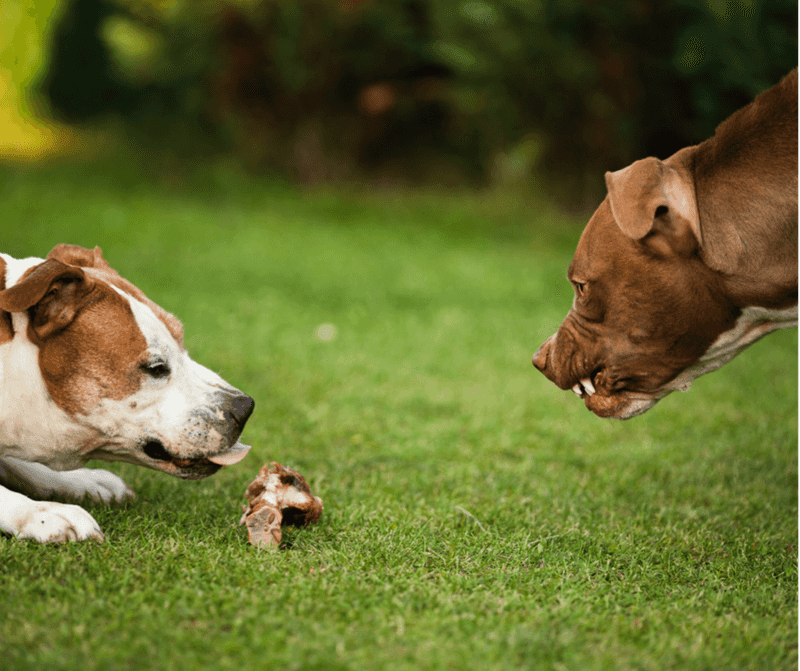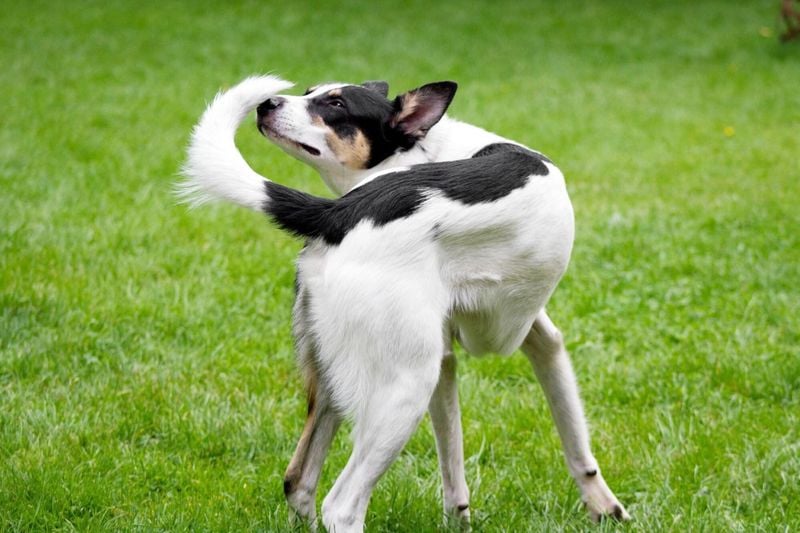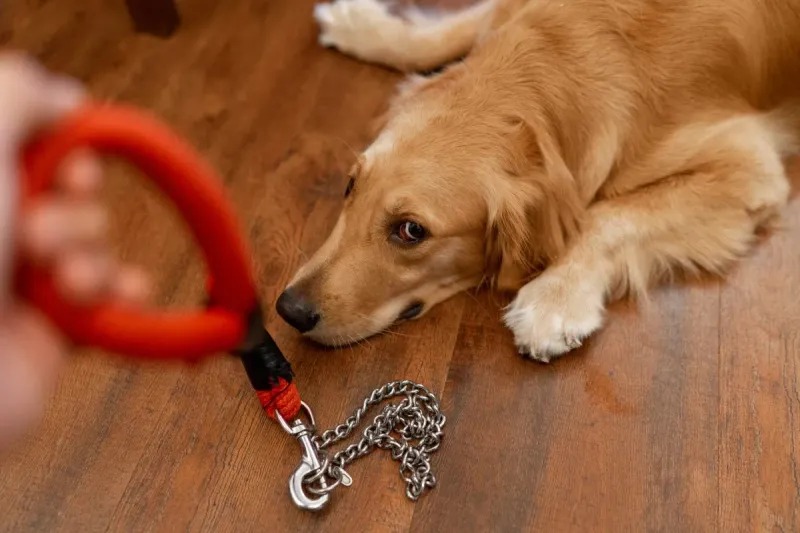When Your Dog Acts “Off”—18 Behavior Changes You Shouldn’t Ignore
Your dog can’t sit you down for a heart-to-heart—but they do communicate. And when their behavior suddenly shifts, it’s often their way of saying something’s not right.
Maybe they’re hiding in corners when they used to beg for belly rubs. Maybe they’ve stopped eating, started snapping, or seem glued to your side 24/7.
These changes might seem minor at first, but they could be your dog’s only way of expressing pain, fear, or confusion. Even subtle differences in how they sleep, play, or interact should raise a red flag.
In this guide, we’ll walk you through the behavior changes you should never ignore— and what steps to take if your pup isn’t acting like themselves.
Because when your dog’s behavior changes, your response can make all the difference. It’s not just about obedience—it’s about understanding.
1. Sudden Aggression Toward People or Other Pets
Sudden aggression in a dog who was once peaceful can be startling. This behavior may indicate pain or distress. Sudden irritability isn’t just a mood change; it’s often a cry for help. Pay attention to when and where these outbursts occur.
A visit to the vet can help rule out physical pain or discomfort. Sometimes, even a change in the environment can trigger stress.
It’s essential to address the root cause rather than label it as ‘just a bad day.’ Observing the dog’s interactions can offer clues to solving the puzzle.
2. Loss of House Training
When an adult dog begins having accidents inside, it’s more than a minor inconvenience. It often points to a medical issue, such as a urinary tract infection. Emotional distress, like household changes, might also be a culprit.
This isn’t merely a lapse in training but a sign to investigate further. Consulting with a vet helps in diagnosing underlying problems.
Meanwhile, maintain patience and understanding to support your pet through this confusing time. A routine check-up might just reveal the issue.
3. Withdrawal from Social Interaction
Has your usually social pup started hiding or avoiding you? This withdrawal may signal fear, anxiety, or even depression. While it’s easy to dismiss this as a phase, your dog might be trying to communicate something.
A change in social behavior can be concerning, especially if the dog seems to avoid touch or affection. If these signs persist, consider consulting a vet or a pet psychologist.
Engaging in gentle play and providing a comforting environment might help ease the anxiety.
4. Unusual Sleep Patterns or Lethargy
An increase in sleep or noticeable lethargy can be more than a sign of aging. Often, this behavior points to discomfort or illness. Energy levels can fluctuate, but drastic changes warrant a closer look.
Senior dogs are particularly vulnerable to these shifts. Monitoring their sleep patterns and consulting with a vet can uncover health issues. This isn’t just about snoozing longer—it’s about listening to what those extra naps might be saying.
5. Excessive Vocalization (Barking, Whining, or Howling)
When your dog’s vocal cords seem to work overtime, it’s more than a noisy nuisance. This behavior could indicate separation anxiety, pain, or cognitive dysfunction. Night-time cries or persistent howling when alone are telltale signs.
Rather than shushing your dog, consider what they’re trying to express. Whether it’s discomfort or distress, identifying the cause is key. Consulting with a vet or a dog behaviorist can provide solutions. Listening is the first step to understanding.
6. Destructive Behavior Appears or Escalates
Chewed shoes and torn cushions suggest more than a naughty streak. Boredom, anxiety, or frustration often drive such behavior. Yet, before labeling it as ‘bad,’ consider if there’s more at play.
Dogs crave mental and physical stimulation. The absence can lead to destructive tendencies.
Ensuring your dog gets enough exercise and mental engagement can mitigate these behaviors. Explore enriching activities or toys that challenge their intelligence.
7. Sudden Fear of Familiar People or Places
Fear of familiar faces or favorite spots can suddenly arise without warning. This unexpected anxiety might stem from trauma, memory issues, or neurological changes. It’s not about suddenly disliking a person or place.
Such behavior warrants attention to ensure your pet feels safe. Consulting a vet can rule out medical causes, while professional trainers might help address behavioral issues. Understanding these fears can lead to a nurturing solution.
8. Excessive Licking or Chewing Themselves
Constant grooming may seem harmless but can signal deeper issues. Allergies, stress, or pain often manifest through excessive licking or chewing. Hot spots or hair loss might accompany these behaviors.
Rather than dismissing this as a quirky habit, consider what might be irritating your dog. A vet can diagnose allergies or other medical conditions. Addressing stressors and providing relief can prevent these behaviors from escalating.
9. Change in Appetite or Drinking Habits
Fluctuations in appetite or drinking habits can be a red flag for various health issues. Dental pain, kidney problems, or hormonal changes might be responsible. Emotional turmoil can also affect eating habits.
Monitoring these changes and consulting a vet can prevent serious health issues. It’s not just about missing a meal but understanding the underlying causes. Timely intervention can ensure your pet’s well-being.
10. Pacing, Restlessness, or Inability to Settle
Restlessness or constant pacing isn’t merely a call for attention. It’s often a sign of anxiety, cognitive dysfunction, or even pain. When a dog can’t relax, it’s time to investigate.
Understanding the triggers for this behavior is crucial. A vet can help pinpoint medical causes, while behaviorists might address anxiety-related issues. Providing a calm environment can also help your furry friend find peace.
11. Growling When Touched in Certain Areas
A dog growling when touched isn’t always about aggression. Such reactions often indicate pain or discomfort. If your dog suddenly objects to being petted, it’s a message that shouldn’t go unheard.
Pinpointing the sensitive area and consulting with a vet can reveal hidden injuries or illnesses.
Rather than forcing affection, respect the dog’s boundaries and seek professional advice. Understanding their signals fosters a more harmonious relationship.
12. Change in Tail or Ear Positioning
A dog’s body language often speaks volumes before they do. Changes in tail or ear positioning can signify discomfort or stress. A drooping tail or pinned-back ears are not to be ignored.
Observing these subtle changes can offer insights into your dog’s emotional state. Whether it’s fear, illness, or something else, understanding these signals is vital. Consulting with a vet or trainer can help address the underlying issues.
13. Increased Clinginess or Velcro Behavior
When your dog becomes your shadow, it’s more than just affection. Increased clinginess often signals a need for reassurance due to fear or internal discomfort. This behavior can be as telling as it is endearing.
Rather than pushing your dog away, explore what might be causing their unease. A professional can help identify anxiety triggers. Providing comfort and maintaining routines can reassure your pet during uncertain times.
14. Sudden Territorial or Resource Guarding Behavior
Resource guarding isn’t just about possessiveness. When a dog suddenly guards toys or food, it often feels vulnerable. Understanding this behavior is crucial for maintaining harmony at home.
Rather than confronting the behavior head-on, consult a professional to address underlying issues. Training can help mitigate these tendencies and foster a sense of security. Recognize the dog’s need for control and provide a structured environment.
15. New Phobias or Sound Sensitivities
When familiar sounds suddenly become terrifying, it’s more than just a quirky fear. Cognitive decline or anxiety might be at play when your dog develops new phobias. Addressing these fears requires empathy and understanding.
Consider consulting a vet to rule out medical reasons and explore training techniques to soothe your pet. Providing comfort during these episodes can help alleviate fears. Building a safe space might offer the reassurance they need.
16. Compulsive Behaviors
Compulsive behaviors aren’t just entertaining antics. Tail-chasing or fly-snapping might be signs of neurological issues or anxiety. Understanding these actions is essential for your dog’s well-being.
Consulting with a vet can reveal underlying conditions, while behaviorists might offer solutions.
Providing mental stimulation and reducing stress can curb these compulsions. Observing and responding to these behaviors with care fosters a happier pet.
17. Sudden Weight Gain or Loss Without Diet Change
Weight changes in dogs can signal underlying health issues. Without diet changes, sudden gain or loss often indicates illness. Recognizing these shifts is crucial for your pet’s health.
A trip to the vet can uncover medical reasons for the change. Monitoring diet and activity levels provides insight into the dog’s condition.
Early intervention can prevent more serious complications. Your dog’s body speaks volumes about its health.
18. Ignoring Commands or Seeming “Distant”
When a once-obedient dog stops listening, it’s more than defiance. Hearing loss, confusion, or stress could be the root causes. It’s important not to dismiss this as stubbornness.
Assessing the situation with a vet can help identify issues, while patience and understanding can bridge the gap. Engaging in training sessions can rekindle the bond. Recognizing and addressing these changes foster a more responsive pet.

